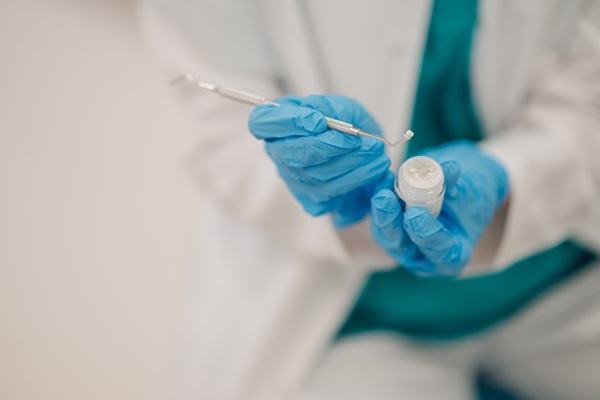Dental Fillings: A Dental Restoration to Treat Cavities

The term dental restoration refers to a number of procedures used to repair or restore function and aesthetics to teeth that are in bad shape, whether it be due to cavities, imperfections, or abnormalities. Modern-day dentistry has allowed for the evolution of many different types of dental restorations, including dental fillings, which are typically the standard treatment for repairing teeth that are in poor condition.
Dental fillings to treat cavities
Below is a quick overview of dental fillings, which are a common dental restoration used to treat cavities. This information can be helpful to review when preparing to undergo a filling procedure.
What exactly is a dental filling?
Dental fillings are a restorative procedure used to treat mild to moderate cavities. The procedure is exactly as it sounds: A dentist physically fills a cavitied tooth with a special filling material.
Dental filling materials may include silver amalgam, gold, ceramic, or composite resin. Gold is very strong and durable, however, it does draw attention to the mouth. Silver amalgam has historically been the standard material for dental fillings, although it has come under controversy in recent years due to the fact that it may contain mercury. Ceramic consists of porcelain materials, which are white in color and very strong. Ceramic has become a popular choice as it blends in with the other teeth and remains reliable. Composite resin, however, is usually used as a temporary dental restoration fix. Baby teeth are often treated with composite resin as the teeth are not permanent, and will later be replaced.
The cavity treatment process
When a dental restoration is needed to repair a cavity, a dentist attempts to use a filling first. Fillings are one of the easiest dental restoration procedures to perform. Additionally, it is easy on the tooth, as is not always the case with other dental restoration options. Outlined below are the steps of a dental filling procedure, as it relates to treating cavities.
- The patient will be numbed and may also be given the option to receive nitrous oxide, also known as laughing gas. Both of these agents can be used in order to make the patient comfortable during the dental restoration procedure.
- Once the patient is comfortable, the dentist will use a dental drill to remove the infected parts of the tooth. This part can induce some discomfort, which is why numbing agents are used.
- After the infected parts of the tooth have been removed, the dentist will quickly clean the tooth out. Cleaning is necessary in order to remove any left behind debris that may cause problems in the future.
- To finish, the dentist will fill the tooth with the patient's preferred material. Once filled, the dental restoration is complete.
Are you in need of a dental restoration?
When looking for further information on dental restorations or fillings, it is best to consult directly with a general dentist who can provide specific information. Patients can ask questions or go over concerns they have about certain procedures. Additionally, an evaluation can be done in order for the dentist to determine the most appropriate dental restoration.
Request an appointment here: https://www.potomacwoodsfamilydentalcare.com or call Potomac Woods Family Dental Care at (301) 202-1553 for an appointment in our Rockville office.
Check out what others are saying about our dental services on Yelp: Dental Restorations in Rockville, MD.
Related Posts
There are currently many dental restoration options for individuals with dental issues. Read on to learn about available dental restoration choices. Gone are the days when individuals had to feel self-conscious about their teeth for the rest of their life. Due to the prevalence of tooth decay, most people are familiar with dental fillings, but…
Using the right toothbrush is part of preventive dentistry. Your dental health is more secure if you have the right tool for cleaning your teeth and gums. An effective toothbrush can help you reach your dental health goals. If you want to know the basics of choosing the right toothbrush as part of preventive dentistry,…
Practicing preventive dentistry at home allows you to reap many benefits for your general health. Brushing and flossing every day is a basic way of keeping your mouth in good shape. Having healthy teeth and gums helps support your whole body’s health. If you want to find out why good everyday dental hygiene is important…
Dental restorations can help you maintain your oral health and prevent further decay. A dental filling is one of the most common restorative procedures used to treat mild to moderate cavities and other dental damage. This type of restoration restores the function and appearance of a damaged or decayed tooth. Let us walk you through…


